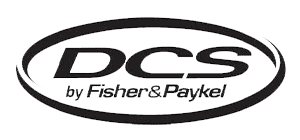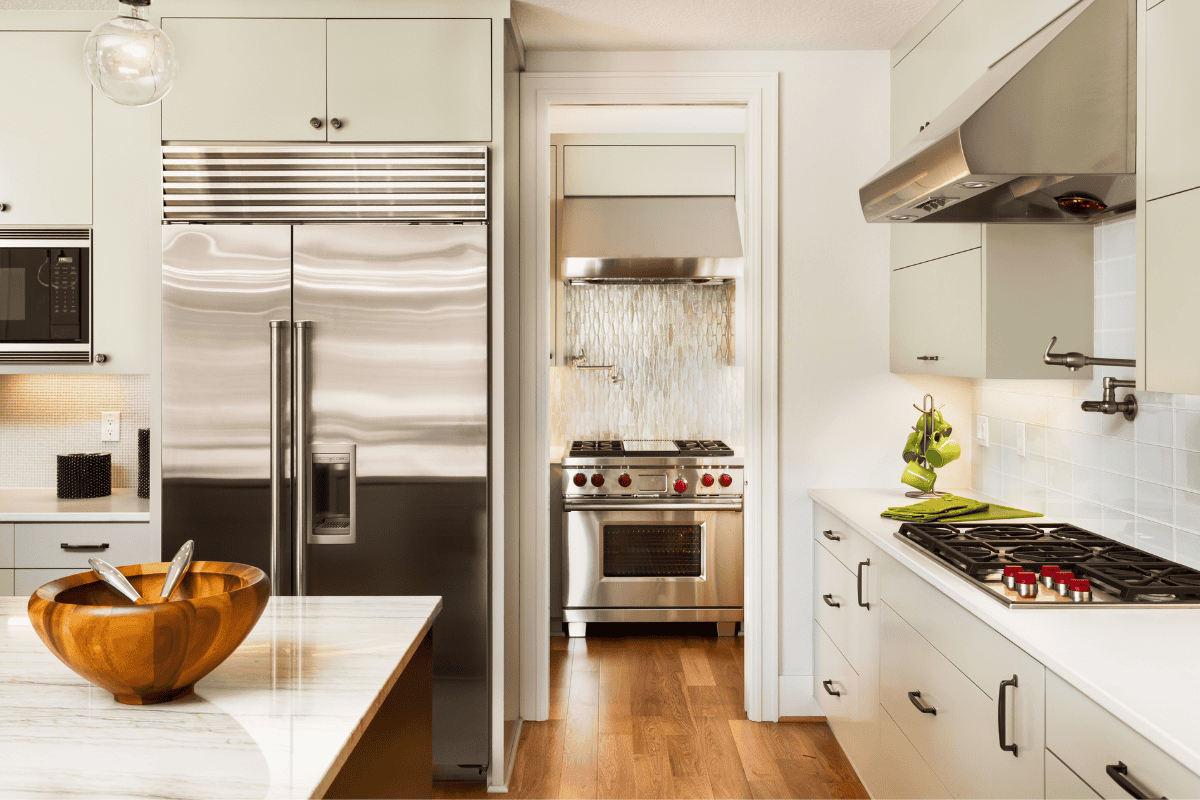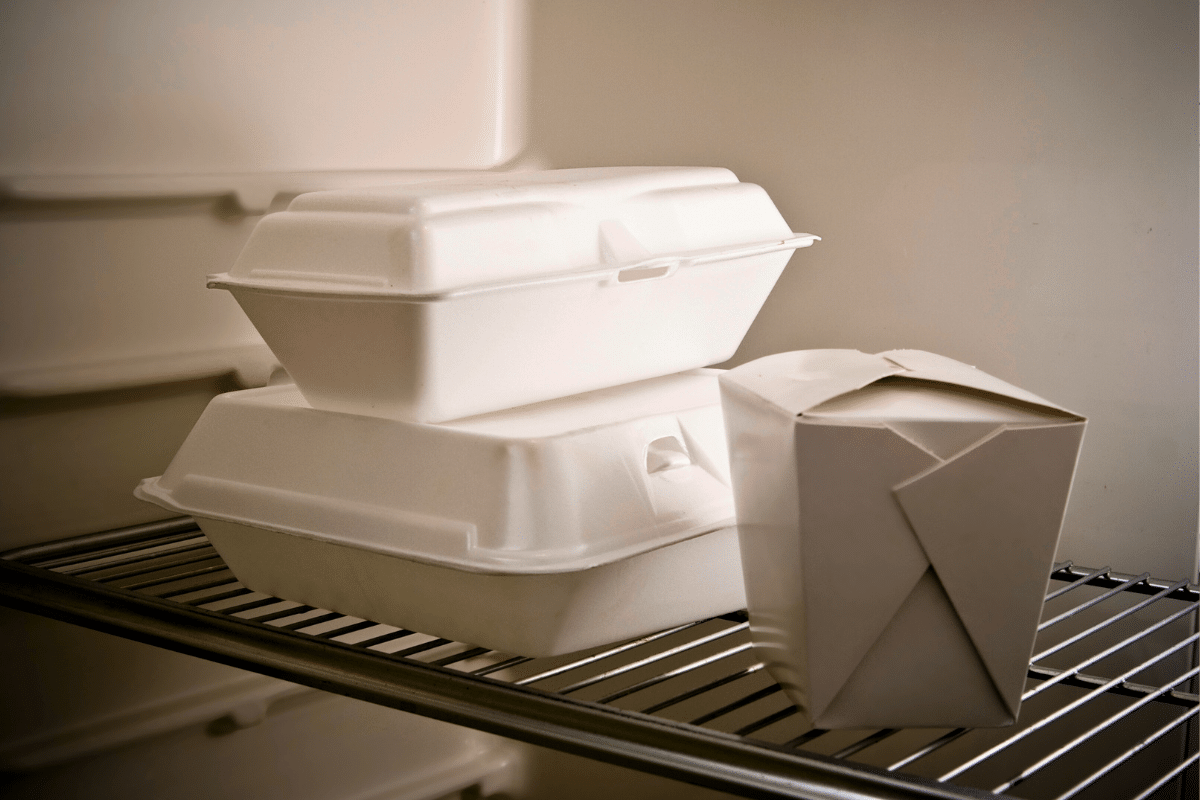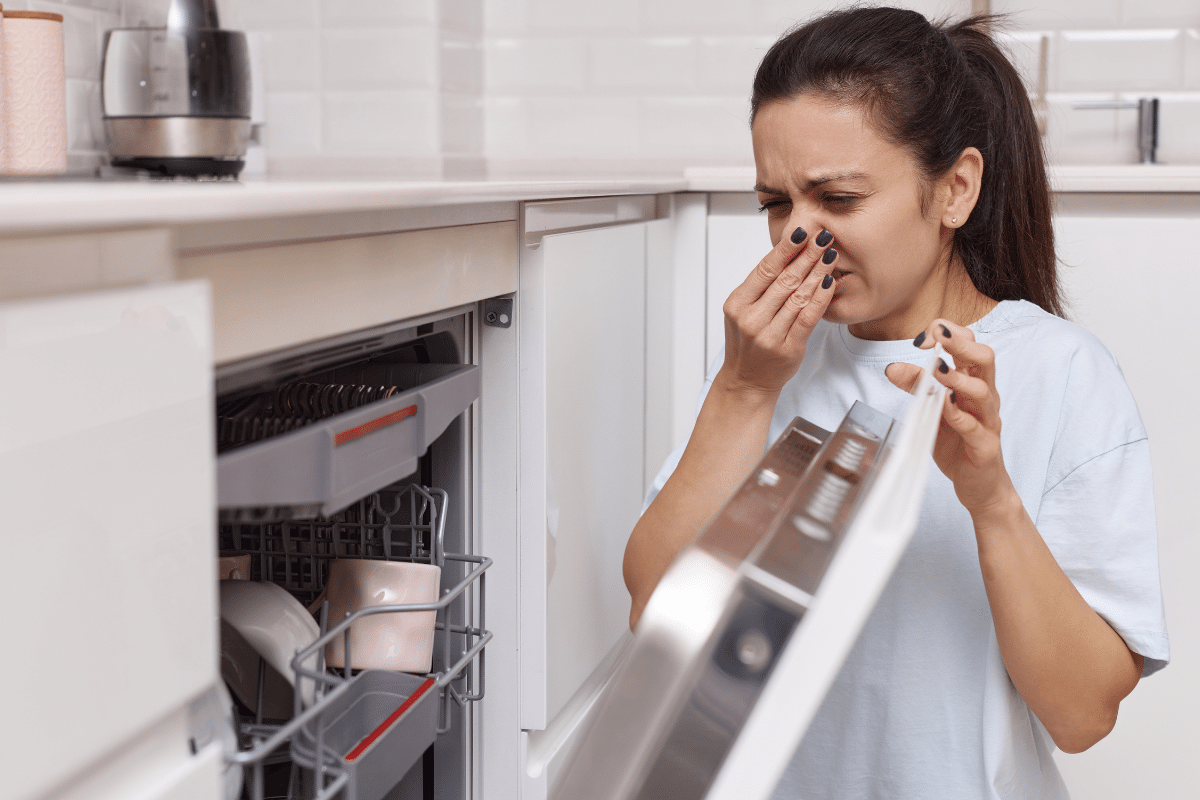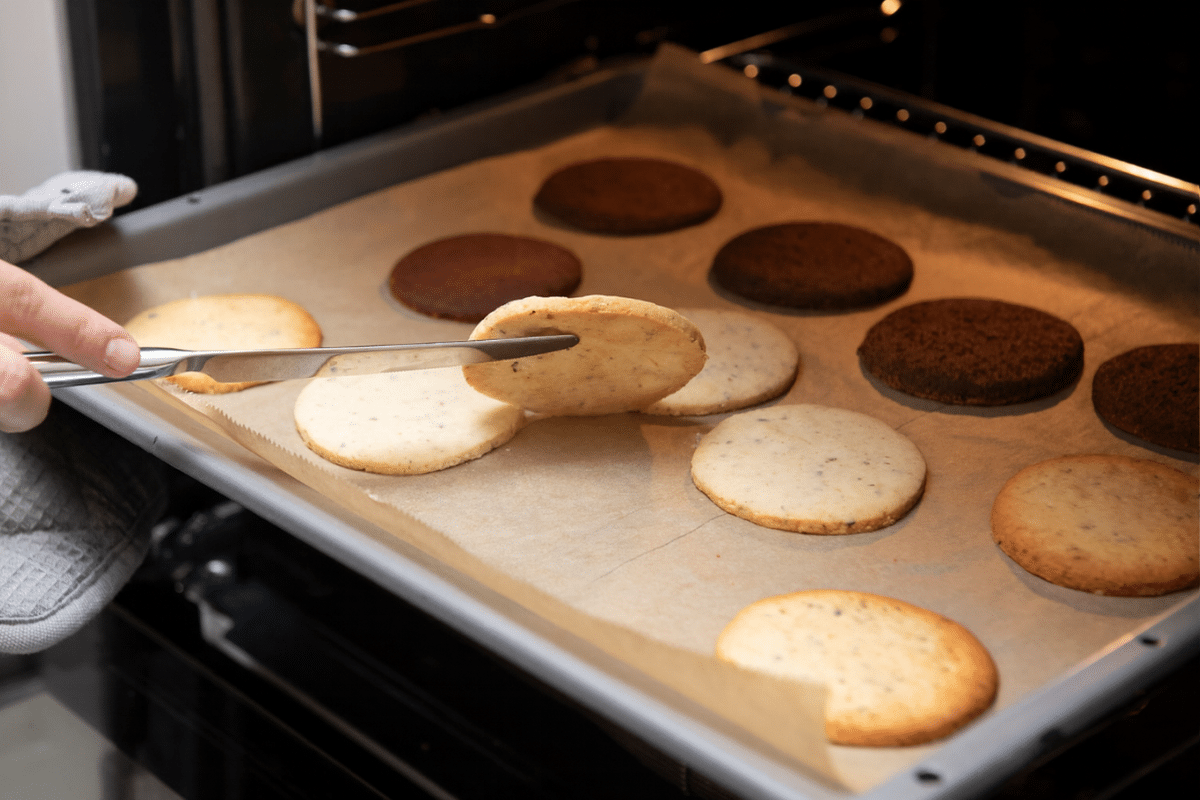Experiencing a Sub-Zero refrigerator not cooling is a frustrating problem—especially when you’ve invested in one of the most advanced refrigeration systems available. You’re not the only one facing this issue—even the most advanced appliances can experience performance setbacks.
A Sub-Zero refrigerator not cooling isn’t just inconvenient, it’s a disruption to your entire home rhythm. Our professional technicians are trained to provide precise diagnostics and tailored solutions that match the sophistication of your appliance.
This guide walks you through practical troubleshooting tips tailored specifically for Sub-Zero units. Because when you invest in top-tier appliances, you deserve top-tier solutions.
What Causes a Sub-Zero Refrigerator Not Cooling?
Sub-Zero appliances are built to last, but even the most reliable systems need maintenance. When your Sub-Zero refrigerator is not cooling, several factors might be at play. Below are the most common culprits that can throw off your fridge’s chill factor:
- Condenser Coil Buildup – Sub-Zero refrigerators rely on condenser coils to release heat. Dust and pet hair? Not their friend.
- Evaporator Fan Failure – These fans distribute cold air. If one goes quiet, your food won’t stay cold for long.
- Malfunctioning Thermostat or Sensors – Incorrect readings can trick your unit into thinking everything’s fine when it’s not.
- Compressor Problems – The compressor is the heart of the system. If it fails, cooling stops altogether.
- Worn Door Gasket – A small air leak can lead to big cooling problems over time.
If you’re dealing with a Sub-Zero refrigerator not cooling, this troubleshooting guide will walk you through common causes and next steps to restore peak performance.
What You’ll Need to Troubleshoot
- Flashlight (check vents and fan operation)
- Vacuum with hose (for coil cleaning)
- Small screwdriver
- Clean, soft cloth
- Food-safe thermometer (for double-checking internal temps)
Step-by-Step Guide to Fix a Sub-Zero Refrigerator Not Cooling
1. Confirm Power and Settings
- Make sure the refrigerator is plugged in securely.
- Reset the breaker if necessary.
- Check digital settings—confirm the internal temperature is set to 37°F (fridge) and 0°F (freezer).
2. Clean the Condenser Coils
- Locate the condenser grille—usually at the top or bottom.
- Vacuum away dust, pet hair, and lint buildup.
- Wipe with a dry cloth to restore proper airflow.
3. Inspect the Door Seals
- Run your hand along the rubber gasket to feel for air leaks.
- Try the “dollar bill test.” If it slides out easily, the seal may need replacing.
- A bad seal means your Sub-Zero is working overtime—and still not cooling enough.
4. Clear Internal Airflow
- Make sure no items are blocking the vents inside the unit.
- Overpacking can restrict circulation and result in uneven cooling.
5. Listen for the Fans
- Open the fridge door and press the switch—can you hear the evaporator fan kick in?
- No sound may indicate a broken fan motor, which prevents cold air from reaching the fridge section.
If you’ve completed these steps and your Sub-Zero refrigerator is still not cooling, it’s time to contact the experts. Priority Appliance Service has the professionally trained technicians and specialized equipment needed to diagnose and repair high-end refrigeration systems—schedule your service today.
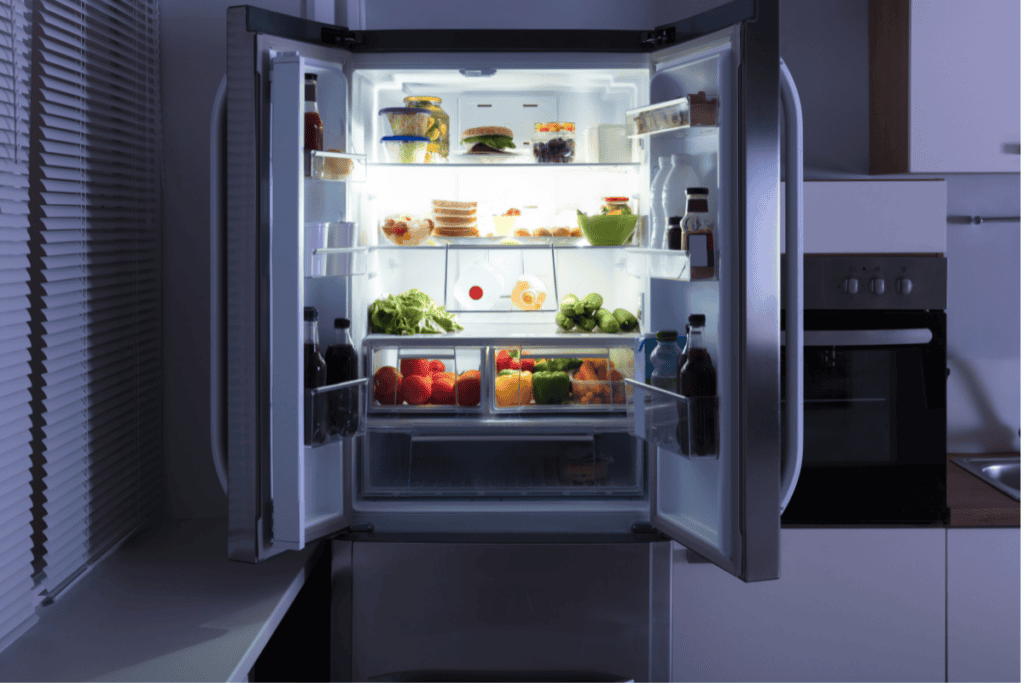
FAQ: Sub-Zero Refrigerator Not Cooling
1.) Why is my Sub-Zero refrigerator running but not cooling?
It may be airflow, coils, or a fan issue.
If your fridge sounds like it’s running, but the temperature isn’t dropping, the culprit is usually airflow restriction or dirty condenser coils. A non-functional evaporator fan could also be to blame.
2.) How often should I clean Sub-Zero condenser coils?
At least twice per year to prevent overheating.
Dust buildup can make your high-end refrigerator work overtime. Cleaning the coils every 6 months is a simple yet effective way to prevent most cooling issues.
3.) Can I reset my Sub-Zero refrigerator?
Yes—try a hard reset first.
Unplug the unit for 1–2 minutes, then plug it back in. This can reset internal sensors and controls. If the issue persists, call a technician.
Final Tip: Keep the Refrigerator Grille Vent Clear
Sub-Zero refrigerators use a grille vent (typically at the top front of the unit) to release warm air. If this area is blocked by items on top of the fridge or covered by dust, it can restrict heat dispersion—making the cooling system work harder and less efficiently. Avoid storing objects on top of the unit, and keep the grille clean and unobstructed to maintain proper airflow.
When performance drops or cooling fails, Priority Appliance Service is the company to call. Our team has the tools, training, and experience to restore your Sub-Zero refrigerator to peak condition.







